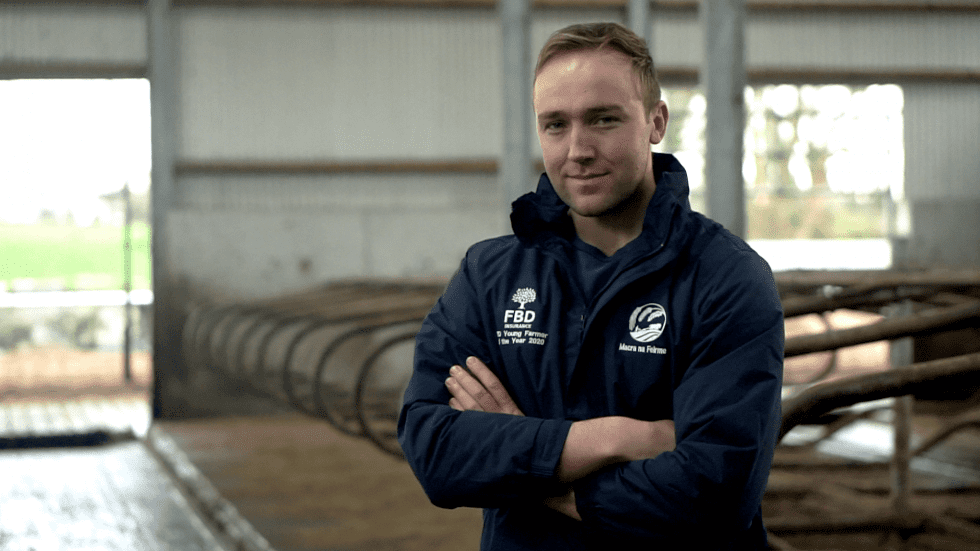Among the stated priorities of Belgium are food security and autonomy, as well as enhancing the sustainability of food production and consumption in a holistic manner and this event brought together distinguished experts, policymakers, industry leaders and researchers from around the world. Through engagement in panel discussions, interactive sessions, and knowledge sharing opportunities, the event explored innovative strategies, technological advancements, and policy frameworks to ensure a prosperous, sustainable, and resilient agriculture sector in Europe.
A special video was played ahead of the afternoon panel discussion on the future of agriculture, which was received with great appreciation. The video contained testimonies from 10 farmers across Europe and included the testimony of award winning Irish farmer Joe Melody, an award winning dairy and purebred suckler farmer from Bunratty, Co. Clare. Joe was named National Rural Network (NRN) Biodiversity Farmer of the Year at the 2020 FBD Young Farmer of the Year Awards.
Joe farms 360 acres with his father and he won the award because of his commitment to environmental sustainability while managing a modern agricultural enterprise. At the time of the award, he was an active participant in the Green Low-carbon Agri-environment Scheme (GLAS), where habitats such as Low Input Permanent Pasture (LIPP) and Traditional Hay Meadows (THM) were preserved. His passion for biodiversity and awareness of the importance of maintaining habitats for birds and wildlife shone through. The farm borders the Shannon estuary with over 3km of riverbank which is covered in reed bed and interspersed with salt marsh, all of which is grazed and managed to allow the habitat and its ecosystem to thrive and encourage winter nesting birds such as wild geese and swans.
The link to the video that was played at the symposium can be found here.




